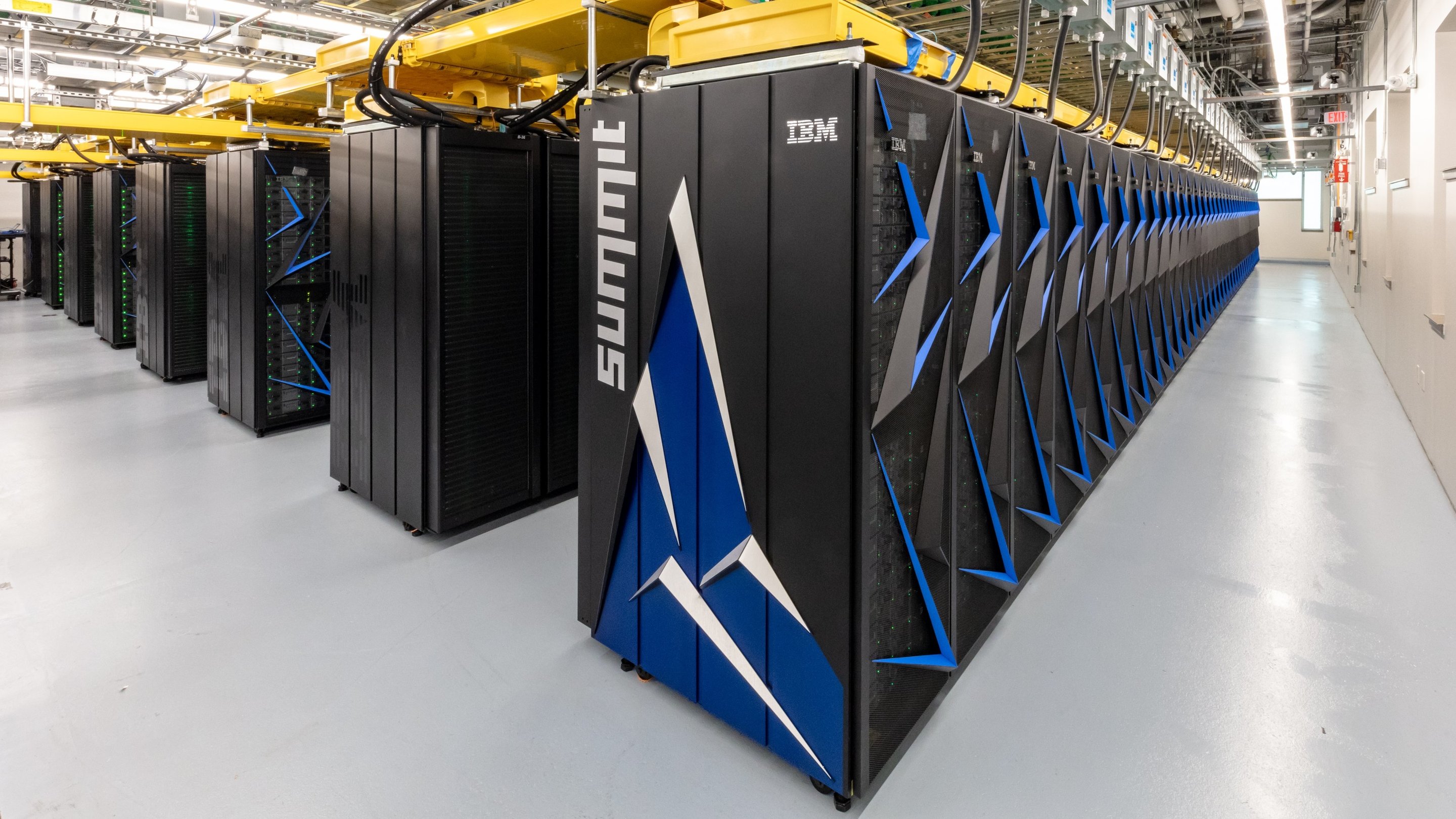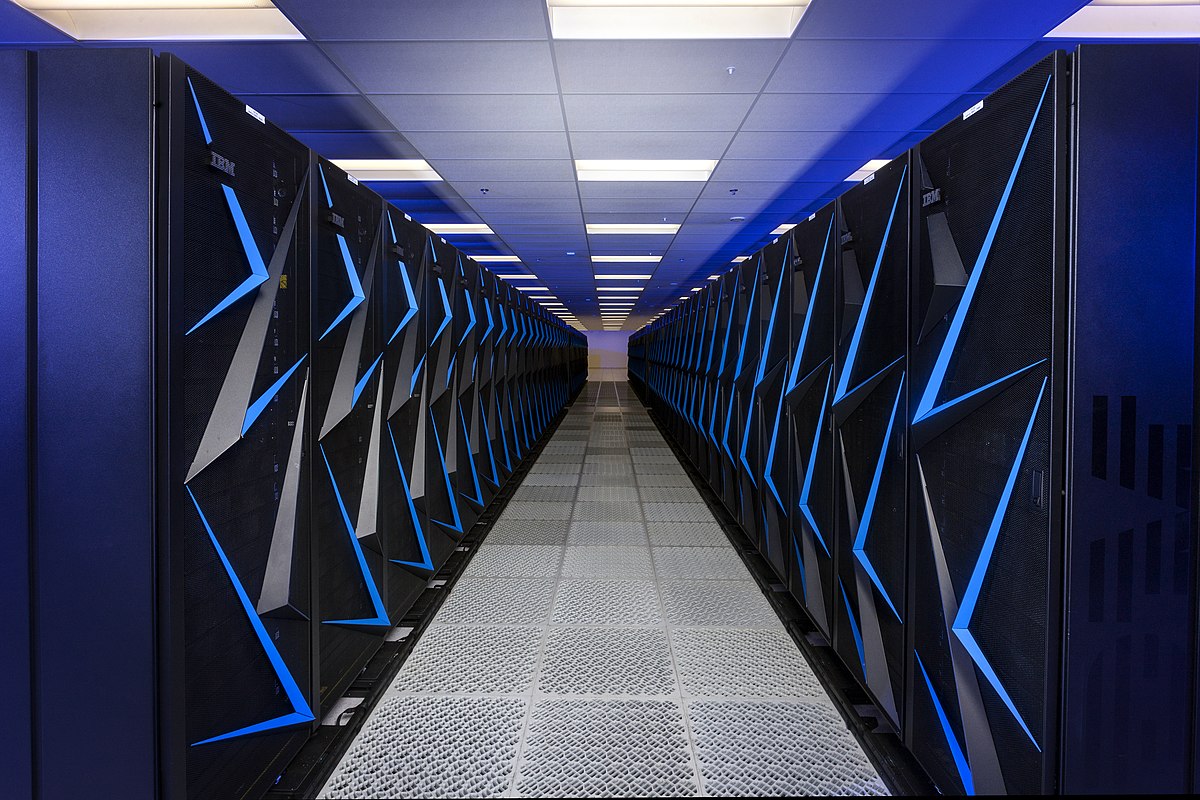The international optics and nuclear communities have been following inertial confinement fusion (ICF) for decades now. Most of the interest has stemmed from hopes of controlled fusion, but thanks to the stockpile stewardship program, the NIF was made to be the largest of all ICF systems. They have only been increasing in size and complexity since the laser was developed in the 60’s and 70’s.
While the details of experiments are controlled by the users, results are published on a regular basis, and there's well enough to keep one busy for a long time.
https://lasers.llnl.gov
https://www.llnl.gov/news/publications
https://en.wikipedia.org/wiki/National_Ignition_Facility
https://en.wikipedia.org/wiki/Inertial_confinement_fusion
ICF is nice for fusion studies, but will most likely never be a fusion energy source but, and as I said above, "the construction of high powered lasers
by the nuclear weapons labs for inertial confinement fusion began long before the need for "stockpile stewardship" brought about by the nuclear weapons test ban." Also, note how the construction date of the NIF coincides with the beginning of the comprehensive nuclear test ban.
Always read between the lines.
So we're back to ICF's usefulness in "fusion studies," just not the peaceful kind.

ICF is great to enable the development of the computer code to design nukes in a supercomputer, something which also happens to be useful in "stockpile stewardship." ICF is exactly how thermonuclear bombs function - radiation pressure used for
extreme adiabatic compression. That was the "H-Bomb Secret" the government tried to unsuccessfully prevent from being published 40 years ago:
https://progressive.org/magazine/november-1979-issue/
It actually wasn't much of a secret.
Note that the recent, ongoing restoration of US nuke test films which can be seen on YouTube (at least the ones they release) is, as they stated, to bring the 90% accuracy of true yield estimation done in the distant past using those films up to 99%. How is that useful? "Hey, lets take the blueprint design for this bomb under test in this restored film, now a video, run it through our constantly being perfected simulation code to see how close the result is to the test yield. We'll further perfect the code via data obtained via "stockpile stewardship" efforts and repeat."
Frankly, I'd like to see an end to the nuke test ban so we can see the computer designed weapons nuke designer Ted Taylor hinted at and I quoted here:
https://www.rocketryforum.com/threads/llnl-nuclear-test-films-on-youtube.145572/#post-1781285






